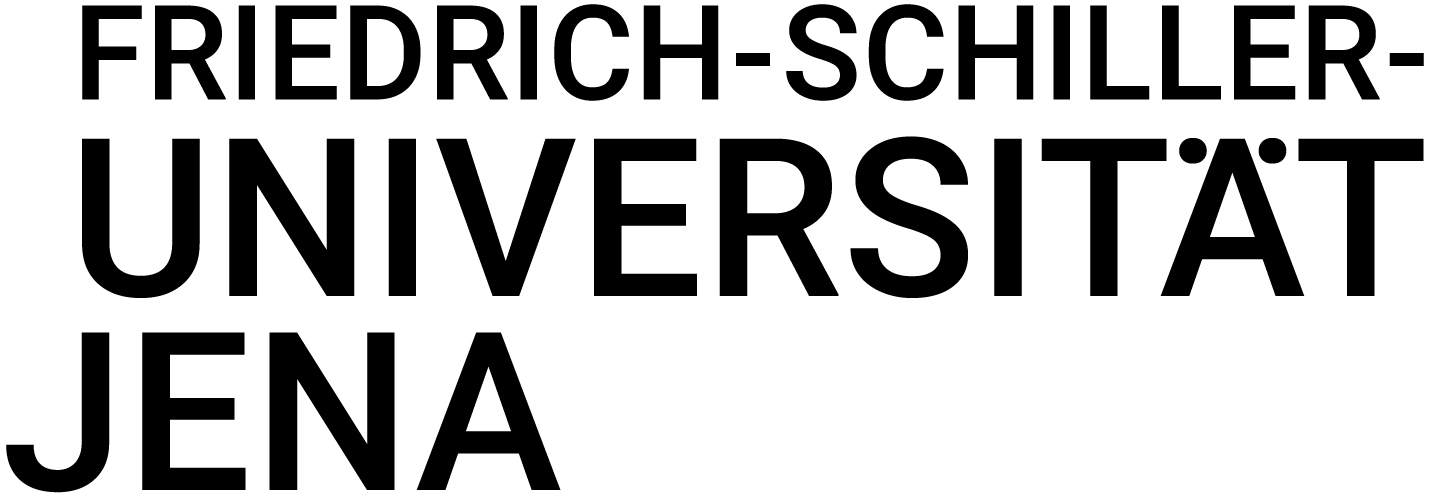Second European Workshop on Automatic Differentiation
Thursday November 17- Friday November 18, 2005
Whitworth Conference Centre
The Lecture Theatre (Room)
Cranfield University (Shrivenham Campus)
Defence Academy of the UK
Shrivenham, Swindon
UK
- Applications of AD in Computational Engineering: We have already witnessed many applications of AD to computional fluid dynamics design optimization. As well as further talks in this area, we encouraged applications from areas such as: engineering structures, motorsport engineering, and control. Speakers who have already applied AD or adjoint techniques to their simulation codes, or those with "interesting problems" who wish to enhance their simulations/designs/controls with derivatives obtained by AD are welcome to talk.
Invited Speaker: Dr Leigh Lapworth (Rolls-Royce plc) Simulation and Design of Gas Turbine Components
- Embedding AD in Numerical Software: Already several numerical software packages have AD embedded within them to enhance robustness and performance. Examples include: ADIFOR and ADOL-C in the NEOS server, MAD in the TOMLAB package and BVP4C solver. In this session we invited talks concerning:
- Interaction between numerical software and AD - what benefits (improved stability, robustness, novel algorithms) and costs (CPU time, memory) are associated with such embedding. What are the future AD requirements for such software to improve the usefulness of AD?
Invited SpeakerProf. Nick Gould (RAL) Requirements for AD in Numerical Optimization
Invited SpeakerProf Des Higham (University of Strathclyde) Opportunities for AD in Stochastic DE Solving
- Large scale applications - Are large scale applications possible using such embedding? How must the software/AD/user's code interfaces be configured to allow for large applications? How must AD be improved for large scale applications?
- Interaction between numerical software and AD - what benefits (improved stability, robustness, novel algorithms) and costs (CPU time, memory) are associated with such embedding. What are the future AD requirements for such software to improve the usefulness of AD?
Of course, we also welcome any other presentations on recent developments in theory, applications, or software relating to AD and adjoint methods.




